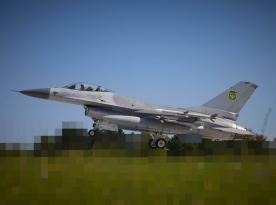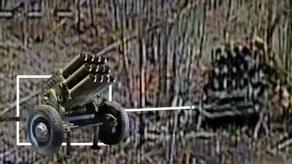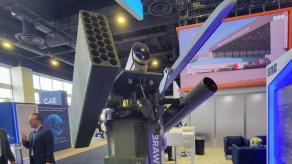russian Kh-101 cruise missile that struck a multistorey residential building in Ternopil was manufactured only months ago, according to an examination carried out by the Ukrainian Air Force. The discovery underscores russia's sustained and uninterrupted production of long-range precision weapons despite extensive Western sanctions meant to limit its access to key components.
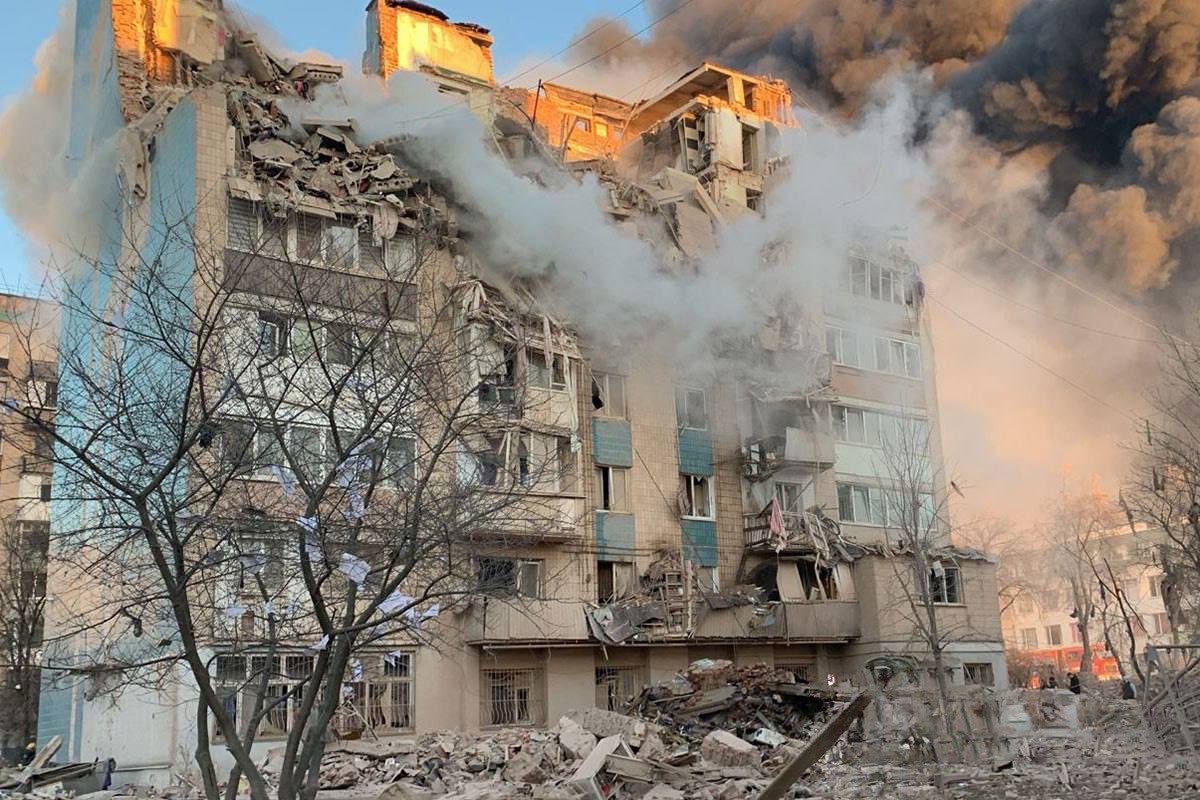
According to the Ukrainian Air Force, the missile that killed civilians in the attack was produced in the fourth quarter of 2025, indicating that russia continues to replenish its stockpiles with freshly built Kh-101 units. This timeline again confirms that russia's defense-industrial complex remains capable of assembling modern cruise missiles at a steady pace, enabling ongoing strikes against Ukrainian cities.
Read more: Ukraine's Signum Unit Destroys russian Type-63 MLRS, SPG-9 Gun and Motor Park on the Lyman Axis (Video)
The attack on Ternopil was carried out by russia's strategic aviation assets. A total of six Tu-95MS bombers from Olenya airfield and four Tu-160MS bombers from Engels and Ukrainka air bases launched volleys of the Kh-101 missiles from the airspace over russia's Vologda and Astrakhan regions. These stand-off launch zones allow russian aircraft to fire without entering areas threatened by Ukrainian air defense systems.
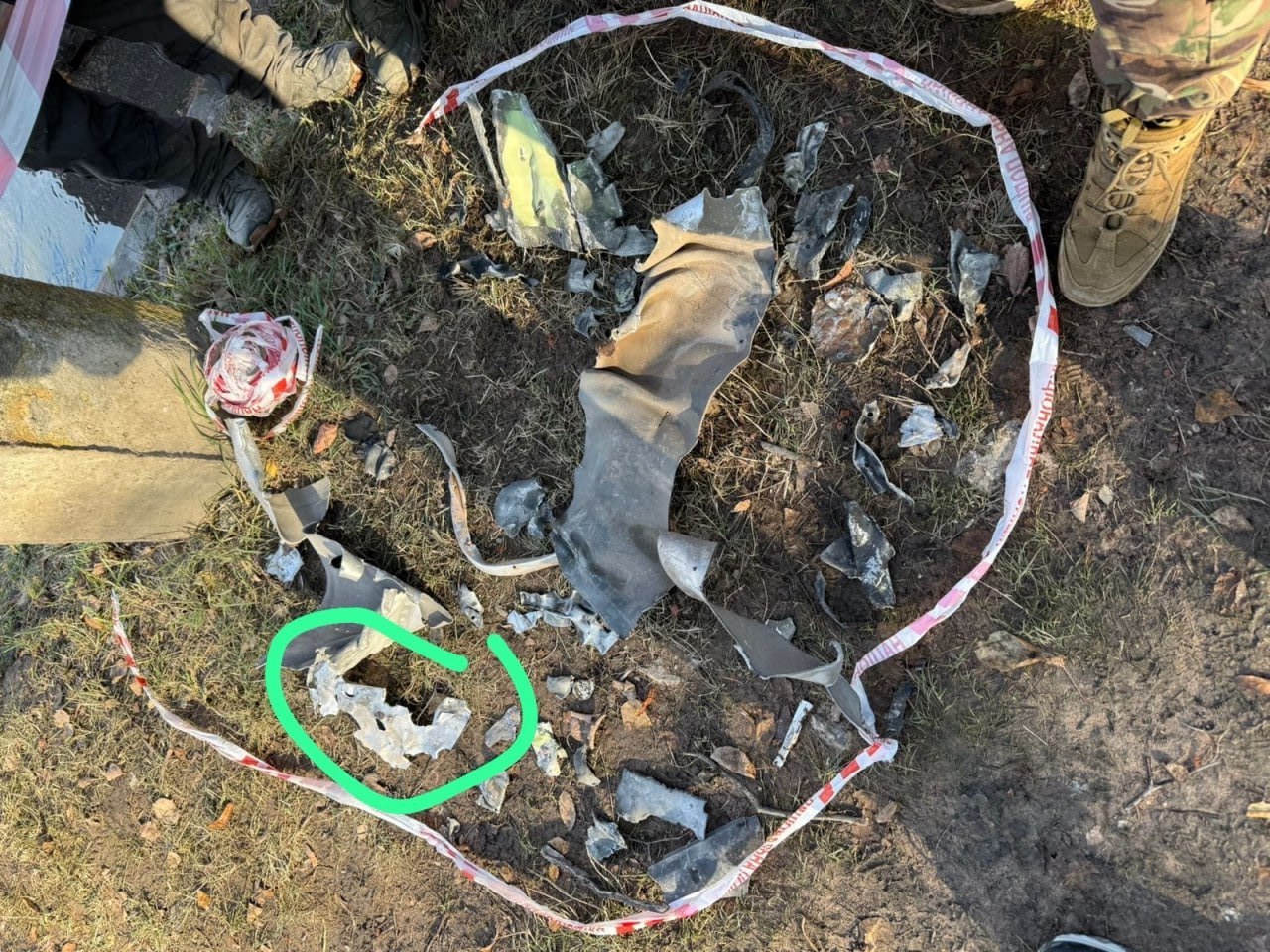
The weapon's condition, and especially its production markings, further support the conclusion that russia is not firing from deep stockpiles but from continuously replenished inventory.
The Ukrainian Air Force emphasized that russia's Kh-101 missiles contain foreign-made components, an issue repeatedly raised with international partners. Detailed analyses have shown that electronics and microchips within the Kh-101 unit originate from companies in the United States, China, Taiwan, Germany, the Netherlands, and several other countries. These components are indispensable to the missile's guidance, navigation, and onboard computing systems.
As Defense Express previously reported, the United States has officially placed an order with Raytheon for the NASAMS intended for Taiwan, marking a long-awaited milestone in Taipei's effort to strengthen its air defense network. The contract, valued at 698.9 million USD, is scheduled for completion by February 28, 2031, underscoring both the system's global demand and the production pressures that have accumulated in recent years.
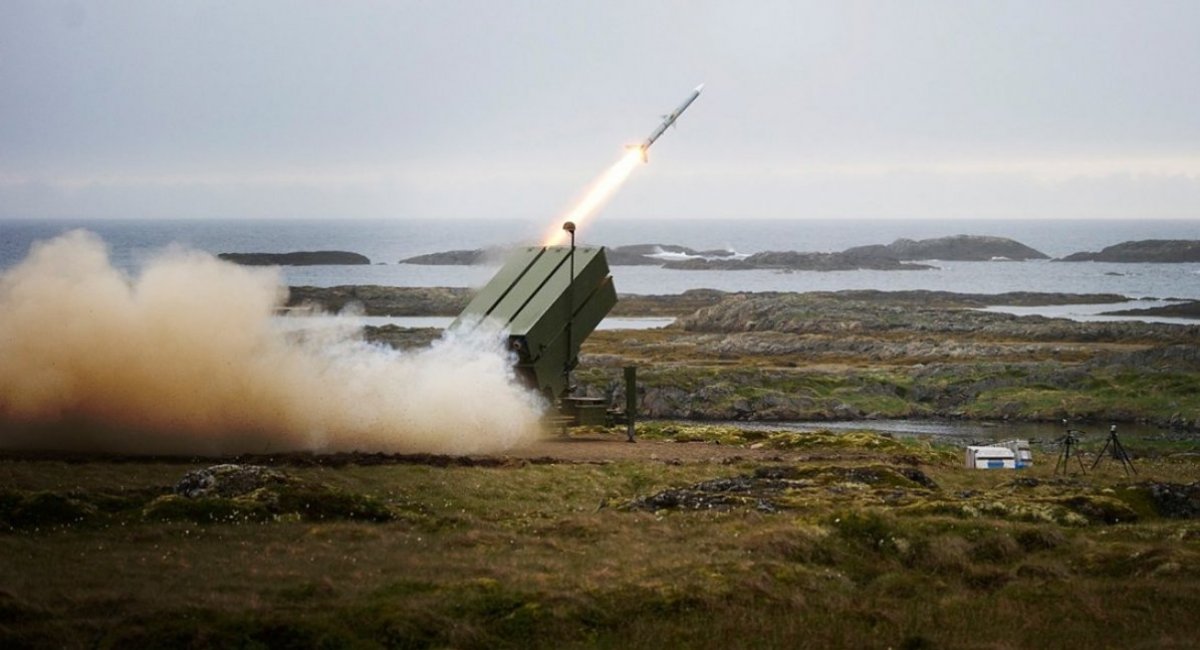
Read more: Why Taiwan Had to Wait Three Years Just to Order NASAMS, and How Much Longer Production Will Take





